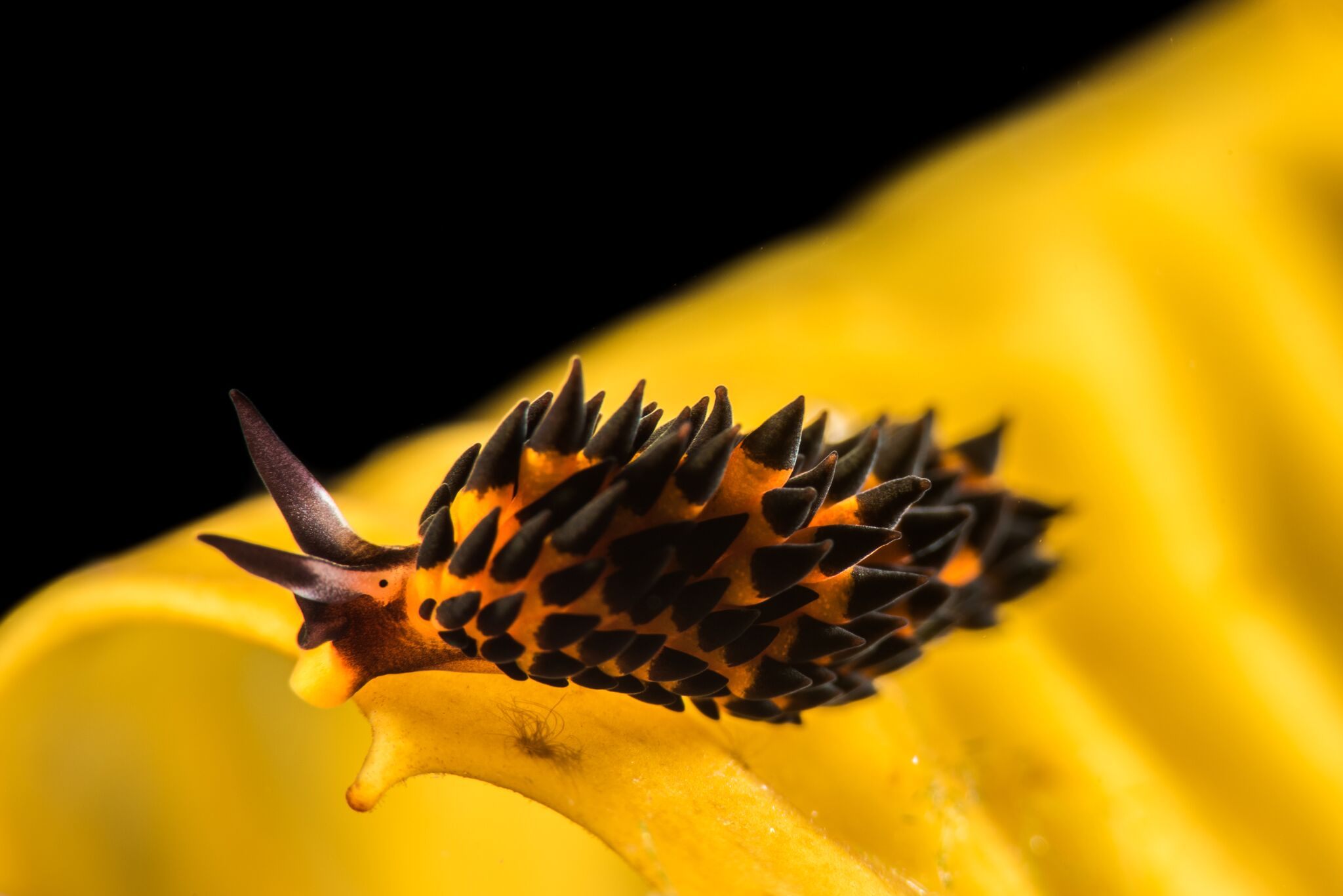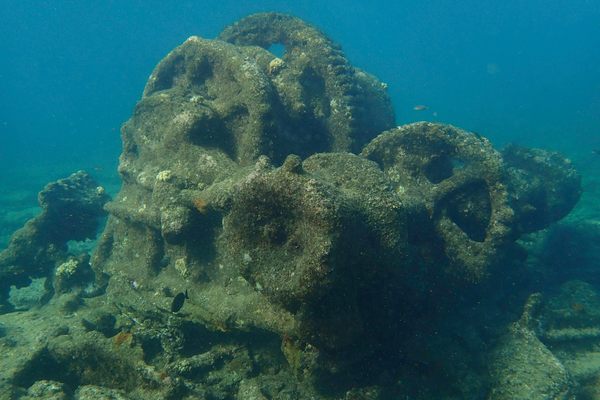Found: 3 New Sea Slugs That Were Victims of Mistaken Identity
One has been named after a former president who had a thing for marine conservation.

Placida cremoniana is a tiny, orange sea slug covered with thick black protrusions and eyestalks that resemble horns. It was first identified in the Mediterranean in 1892, but its range kept expanding. It was seen in Japanese waters in 1959, and by the 1990s it had been observed off the coast of Australia and in tropical waters around the world. But new research suggests that this is not a single, wide-ranging species, but rather a suite of different species who share a look.
A team of marine biologists led by Patrick Krug of California State University in Los Angeles examined one alleged P. cremoniana and found different DNA, tooth shape, and head stripe patterns. The research, published in the journal Marine Biodiversity, identified three new species that were once considered to all be P. cremoniana.
Two of the new species, P. brookae and P. kevinleei, were named after professional divers and award-winning photographers Brook Peterson and Kevin Lee who helped in their identification.

The third—native to Hawaii—has a different kind of namesake: Barack Obama. P. barackobamai was named to honor the former president’s work to preserve marine habitat in the state of his birth. “We wanted to recognize his dramatic expansion of the Papahānaumokuākea Marine National Monument [the largest marine conservation area in the world] in Hawaii, as well as his administration’s commitment to fighting global climate change,” Krug told Science News.

The sea slug is not the only animal named after a U.S. president. Obama has a coral reef fish (Tosanoides obama), and other presidential creatures include Heterospilus washingtoni, a parasitic wasp found primarily in Costa Rica; Siriella roosevelti, a shrimp-like crustacean found during a 1938 trip to the Galapagos that Smithsonian scientists took with FDR; and Neopalpa donaldtrumpi, a moth named by Canadian biologist Vazrick Nazari for its distinctive furry blonde crown.




















Follow us on Twitter to get the latest on the world's hidden wonders.
Like us on Facebook to get the latest on the world's hidden wonders.
Follow us on Twitter Like us on Facebook